Neri & Hu designs Camper’s flagship showroom in Shanghai
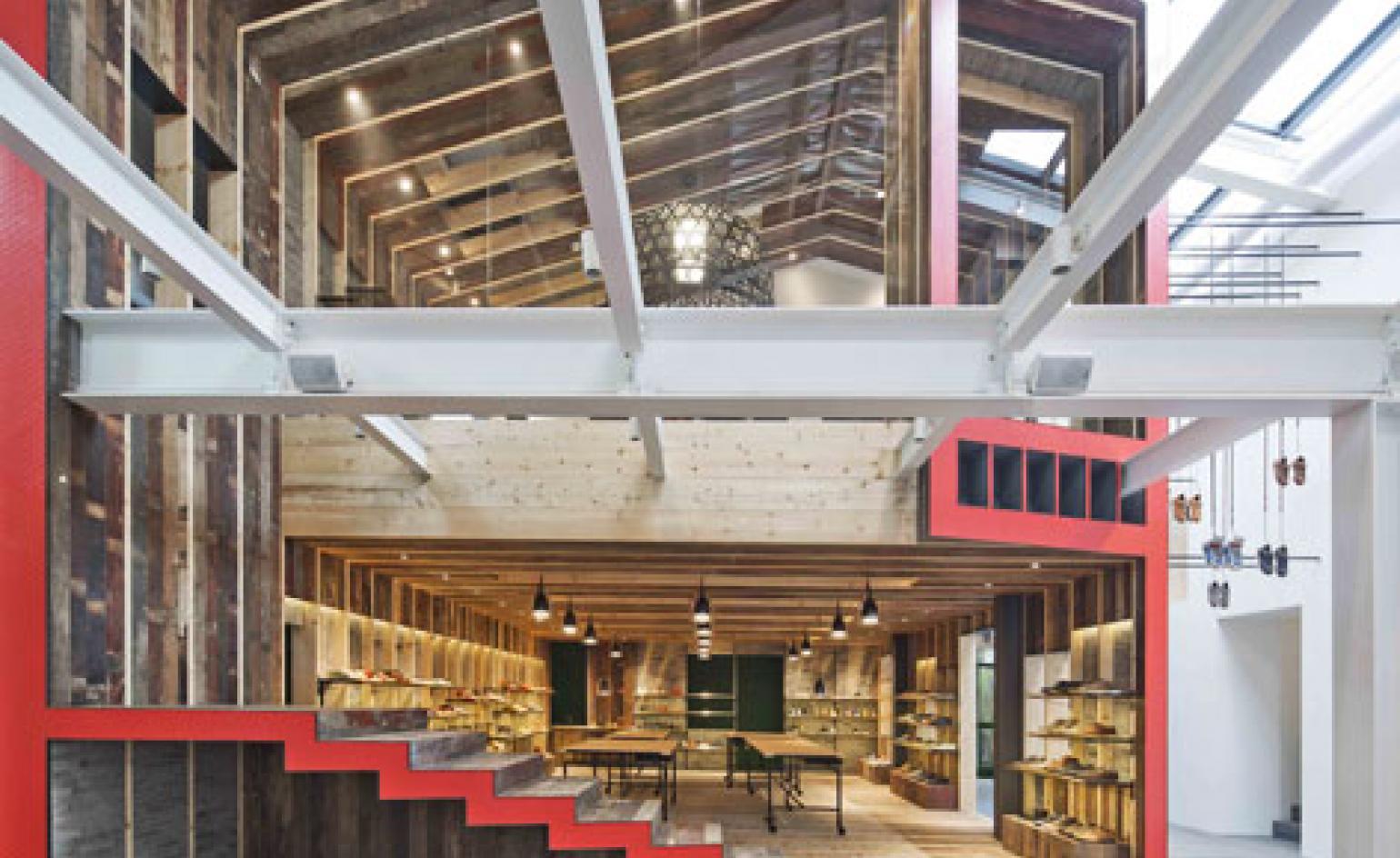
Architectural duo Lyndon Neri and Rossana Hu’s innovative designs have put them at the forefront of contemporary design in China, making them Camper’s first port of call when it came to creating the Spanish shoe brand’s new flagship showroom and office in Shanghai. Erected within an industrial warehouse in the French Concession, the store’s ’building-within-a-building’ concept draws inspiration from the city’s ’nong-tangs’, or traditional urban alleys.
’We wanted to create a strong identity with a contextual reference that makes a statement about Camper in China,’ explains Neri. ’This is Camper’s first "home" in Shanghai, so we took the idea of a traditional two-storey house and cut it in half conceptually to create the sense of the opening of the company to the lanes of the city.’ To that end, the designers used reclaimed timber and grey bricks from demolished lane houses, adapting them to fit their modern reinterpretation of a typical Shanghai home.
The intriguing design includes a large horizontal mirror that helps create the sense of two halves of a house ’opened like a book’, with red rubber edging along the stairs mimicking Camper’s shoe soles. Neri says the layering of spaces within a home-like volume allowed a unique view of shoes ranging from new designs presented on custom-made perforated bronze shelving (which Neri describes as ’ultra light and floating in space’) and a large table complete with experimental shoe designs displayed on a lazy Susan, evoking Chinese-style communal dining.
An internal ’exterior lane’ extends into the showroom area, reinforcing the dramatic sectional cut of the house, while above a unique hanging display of classic Camper styles - attached by steel hooks in a chandelier-like arrangement - was inspired by a local system used to hang clothes for drying. ’We’ve taken the essence of a lane house and recreated it with snippets of Shanghai’s streets,’ explains Neri.
Neri & Hu also created several bespoke furnishings for the space, the most notable of which is a special edition of the studio’s eponymous ’Solo Chair’ with legs in Camper’s trademark bright red colour.
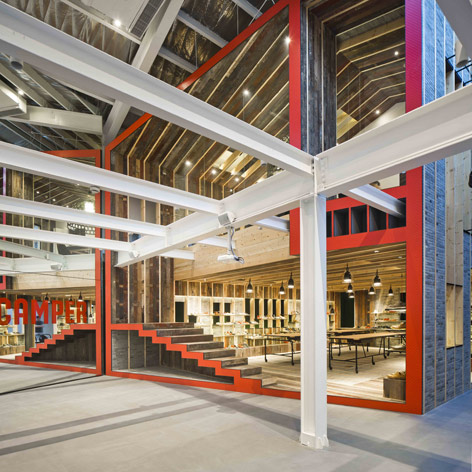
Housed in an industrial warehouse, the intriguing space includes a large horizontal mirror that helps create the sense of two halves of a house 'opened like a book', with red rubber edging along the stairs mimicking Camper's shoe soles.
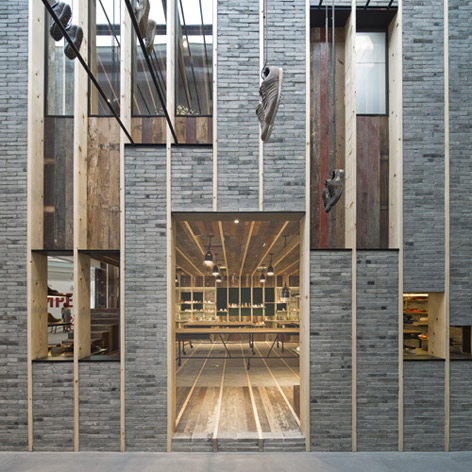
The designers used reclaimed timber and grey bricks from demolished lane houses, adapting them to fit their modern reinterpretation of a typical Shanghai home.
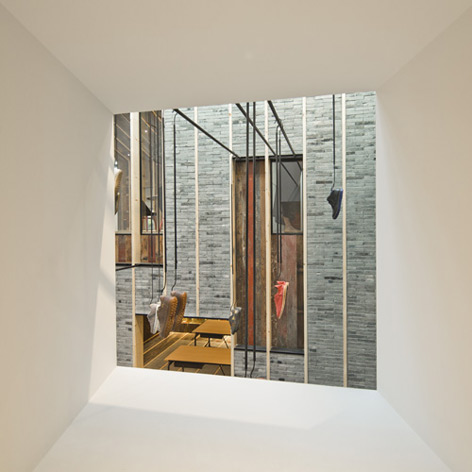
Cut out windows - a characteristic feature in Neri & Hu's designs - connect the space visually.
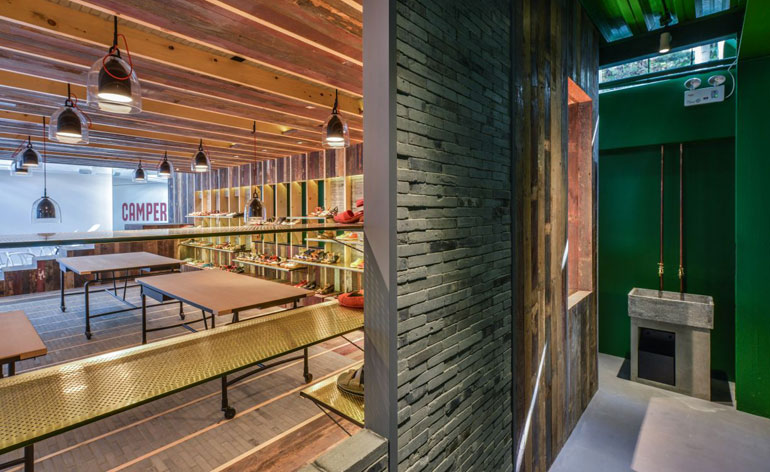
The layering of spaces within a home-like volume allows a unique view of Camper's shoes, with new designs presented on custom-made perforated bronze shelving.
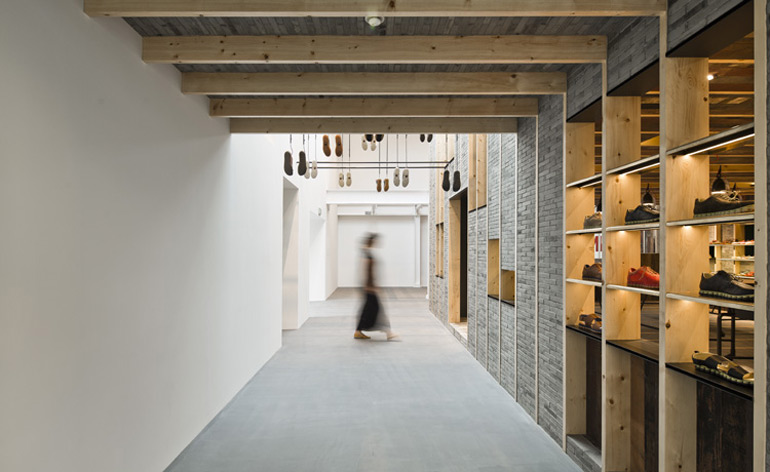
An internal 'exterior lane' extends into the showroom area, reinforcing the dramatic sectional cut of the house...
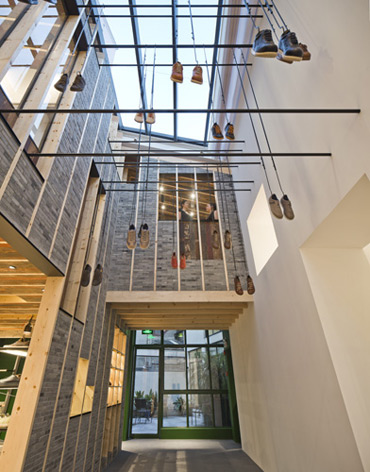
...while, above, a unique hanging display of classic Camper styles - attached by steel hooks in a chandelier-like arrangement - was inspired by a local system used to hang clothes for drying.
ADDRESS
Camper Shanghai
Block C, No. 101 Gaoan Road
200031 Shanghai
China
Wallpaper* Newsletter
Receive our daily digest of inspiration, escapism and design stories from around the world direct to your inbox.
Catherine Shaw is a writer, editor and consultant specialising in architecture and design. She has written and contributed to over ten books, including award-winning monographs on art collector and designer Alan Chan, and on architect William Lim's Asian design philosophy. She has also authored books on architect André Fu, on Turkish interior designer Zeynep Fadıllıoğlu, and on Beijing-based OPEN Architecture's most significant cultural projects across China.
-
 Japan in Milan! See the highlights of Japanese design at Milan Design Week 2025
Japan in Milan! See the highlights of Japanese design at Milan Design Week 2025At Milan Design Week 2025 Japanese craftsmanship was a front runner with an array of projects in the spotlight. Here are some of our highlights
By Danielle Demetriou
-
 Tour the best contemporary tea houses around the world
Tour the best contemporary tea houses around the worldCelebrate the world’s most unique tea houses, from Melbourne to Stockholm, with a new book by Wallpaper’s Léa Teuscher
By Léa Teuscher
-
 ‘Humour is foundational’: artist Ella Kruglyanskaya on painting as a ‘highly questionable’ pursuit
‘Humour is foundational’: artist Ella Kruglyanskaya on painting as a ‘highly questionable’ pursuitElla Kruglyanskaya’s exhibition, ‘Shadows’ at Thomas Dane Gallery, is the first in a series of three this year, with openings in Basel and New York to follow
By Hannah Silver
-
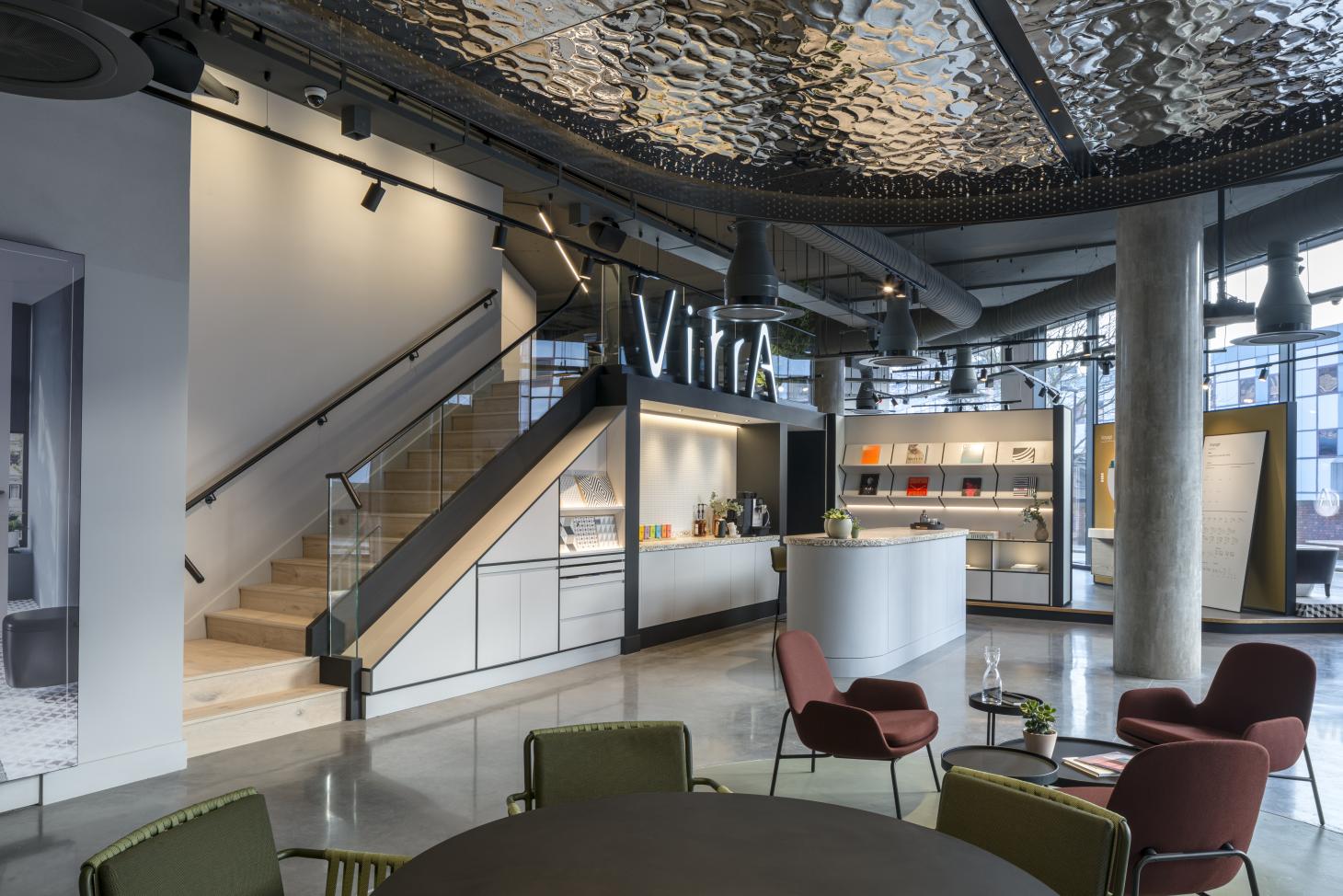 Beyond bathrooms: VitrA opens new showroom in London
Beyond bathrooms: VitrA opens new showroom in LondonRecently opened in Clerkenwell, VitrA’s two-storey London flagship promises to be more multi-sensory bathroom social than a conventional show space
By Rosa Bertoli
-
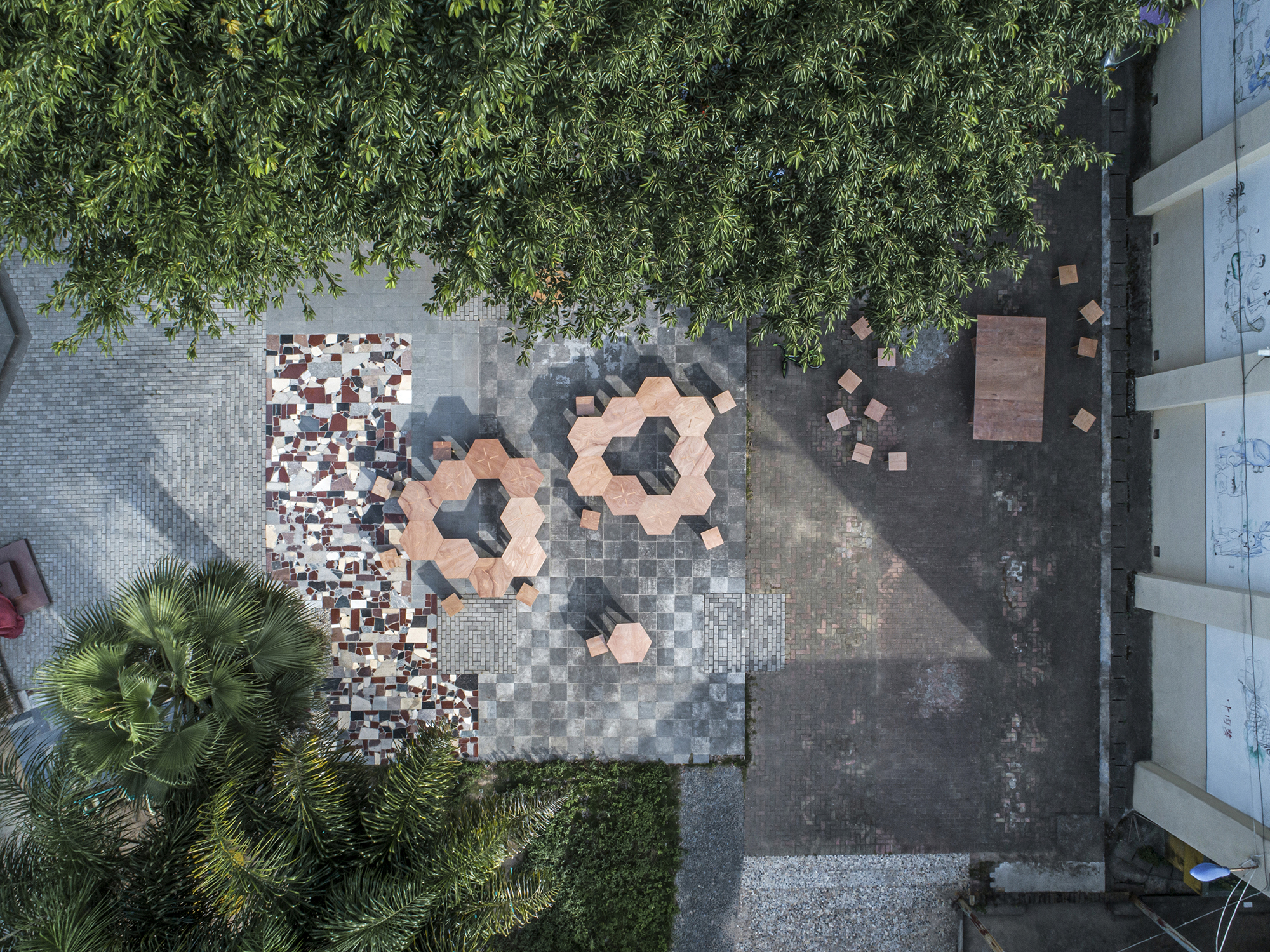 Plywood pavilion transforms into 410 furniture pieces
Plywood pavilion transforms into 410 furniture piecesIn Fuqing, a small rural community in China, 410 plywood tables and chairs have been constructed from Furniture Pavilion S, an architect-built exhibition space, giving a new lease of life to this temporary structure
By Sujata Burman
-
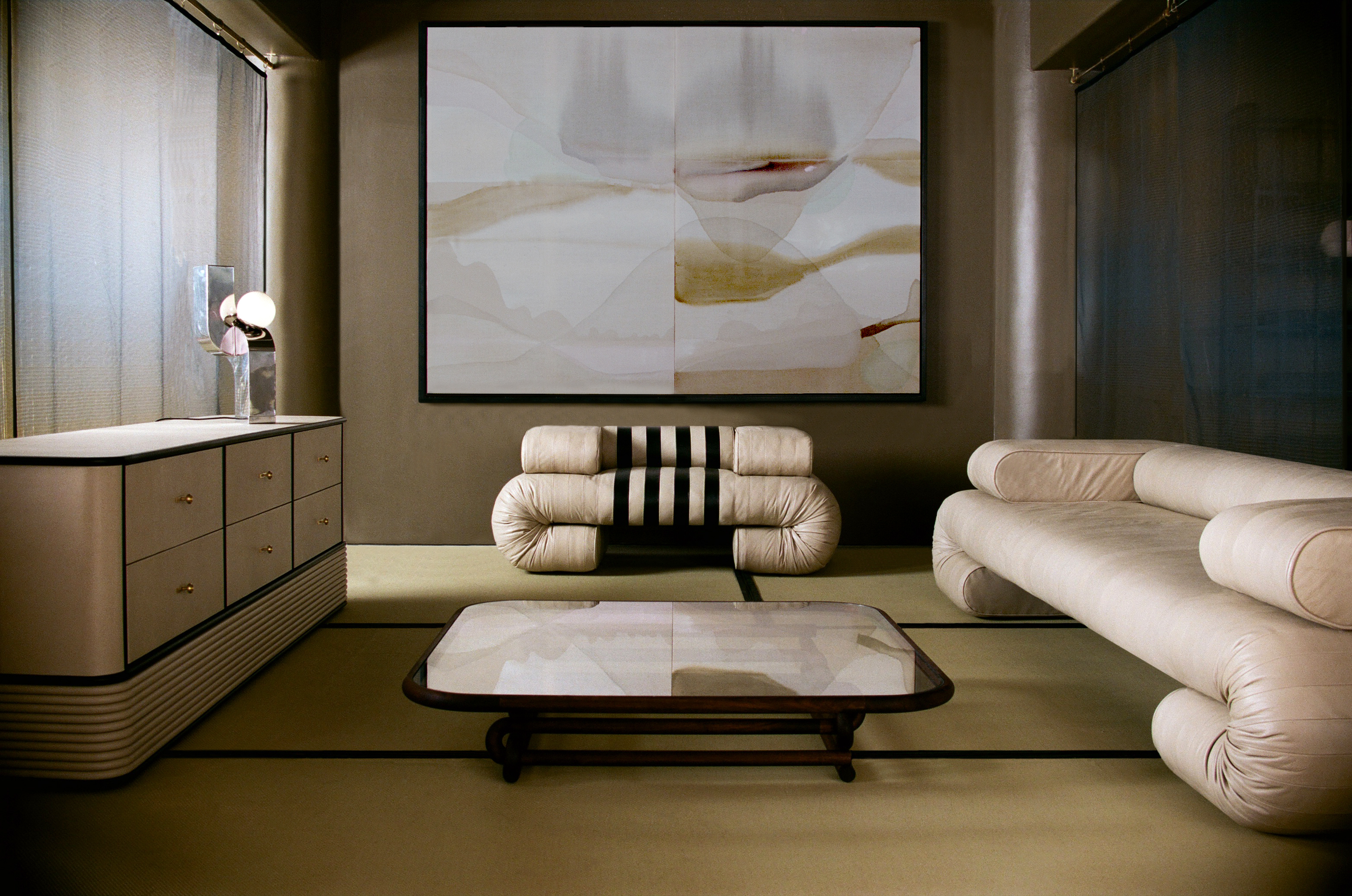 Get a flavour of modernist Mexico City at this new showroom
Get a flavour of modernist Mexico City at this new showroomVirtually tour VIDIVIXI’s new Mexico City showroom, and explore locally-made designs
By Pei-Ru Keh
-
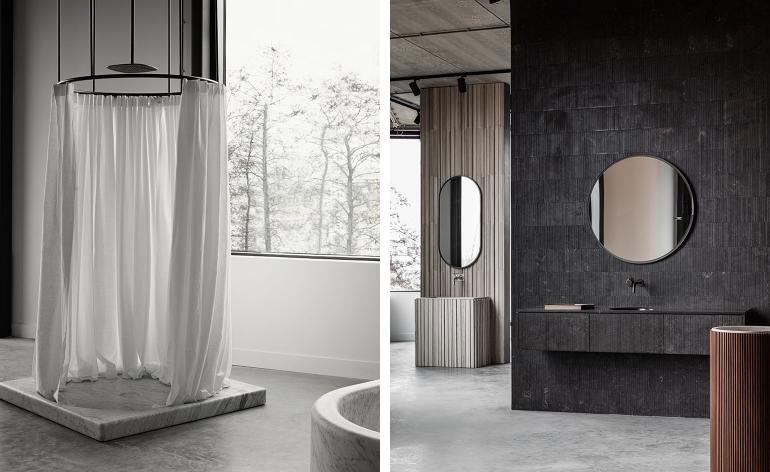 Set in stone: Salvatori opens Dutch flagship with Piet Boon
Set in stone: Salvatori opens Dutch flagship with Piet BoonSalvatori throws open the doors to its first Dutch flagship, inside Piet Boon’s Amsterdam Headquarters
By Harriet Lloyd-Smith
-
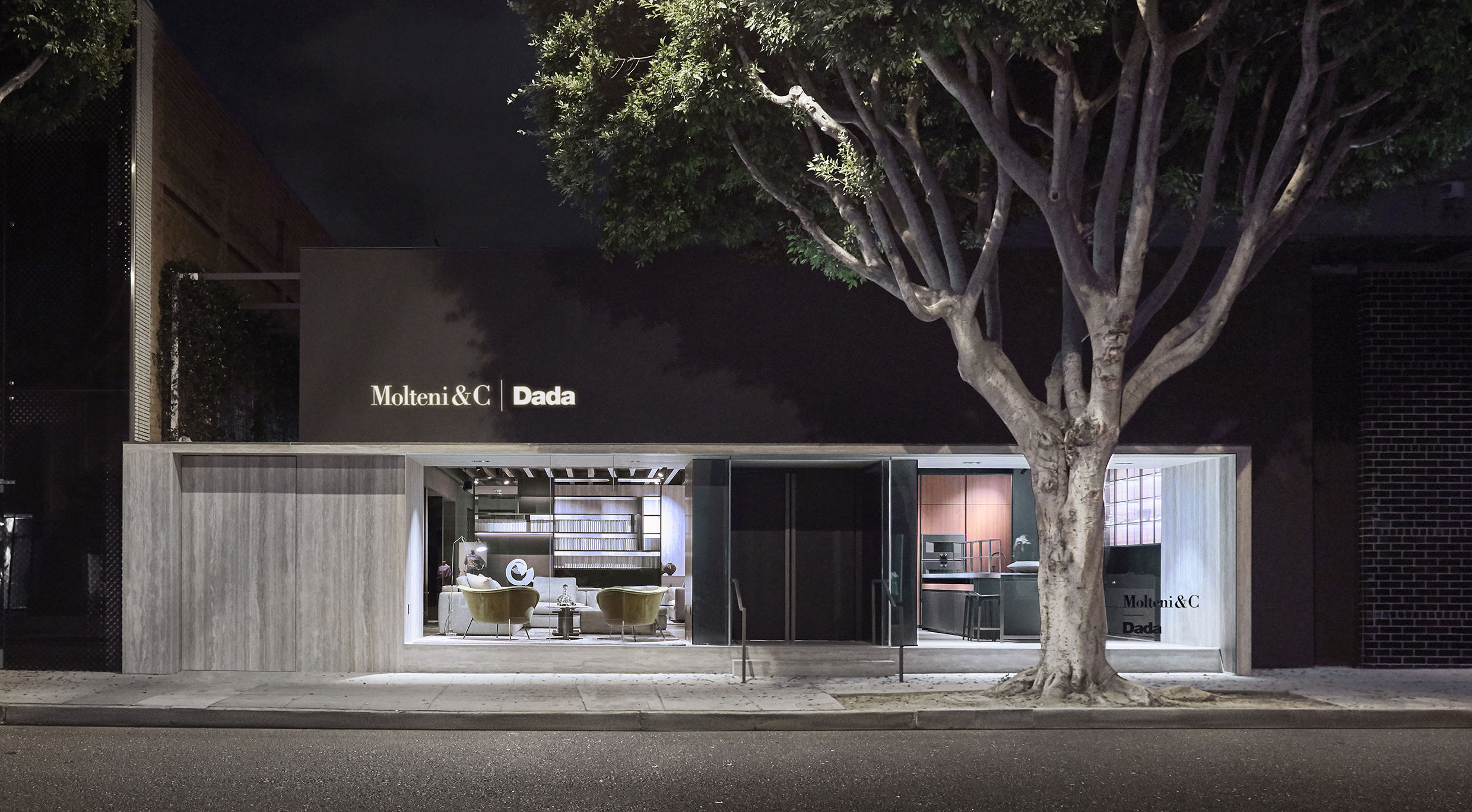 In LA, Molteni Group embraces midcentury modern heritage
In LA, Molteni Group embraces midcentury modern heritageInside the new West Hollywood flagship, Molteni&C | Dada creative director Vincent Van Duysen creates an architectural transatlantic aura
By Sujata Burman
-
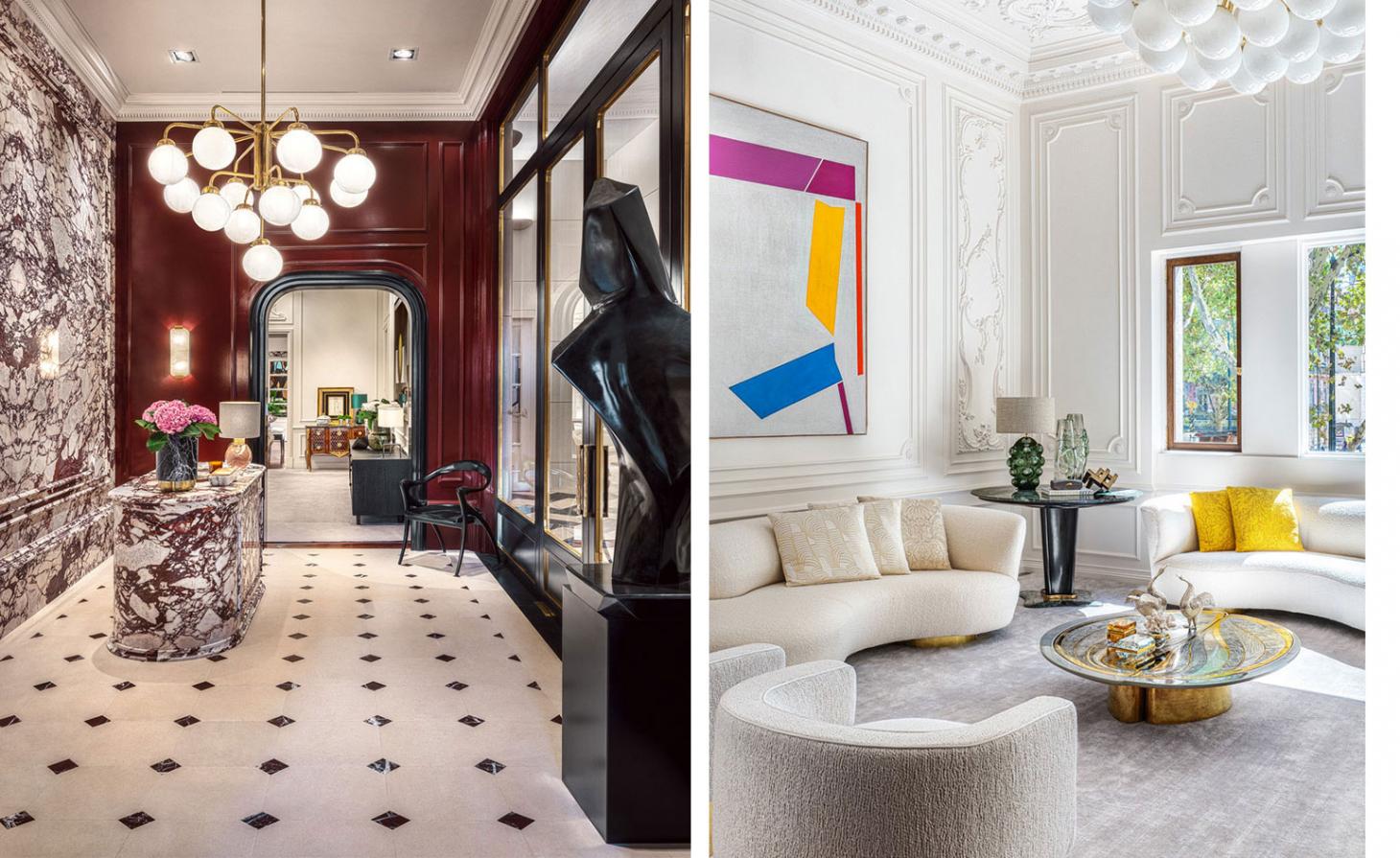 Inside Casa do Passadiço’s dynamic new interior boutique in Lisbon
Inside Casa do Passadiço’s dynamic new interior boutique in LisbonBy Sujata Burman
-
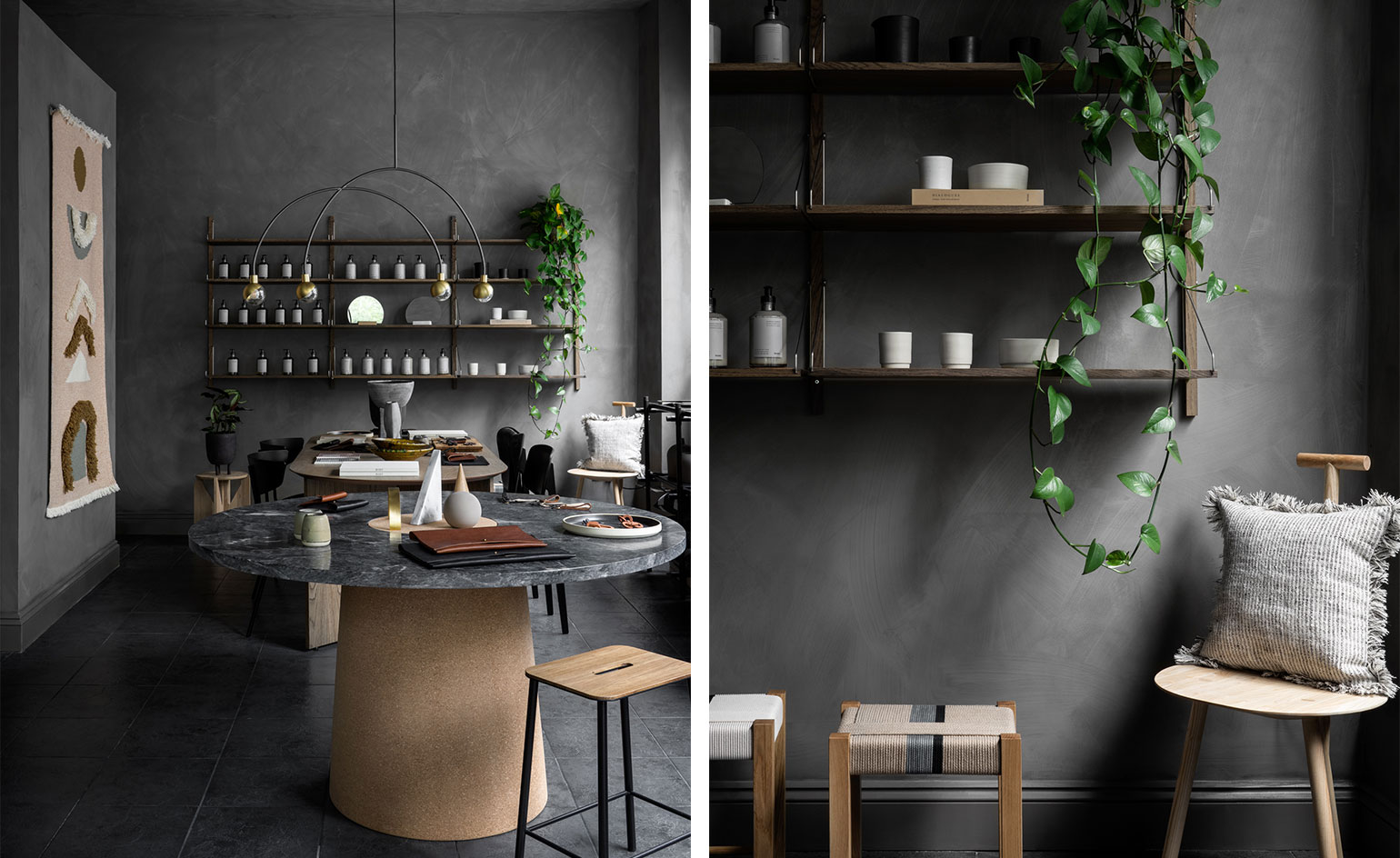 New Shoreditch store celebrates the physical experience of design
New Shoreditch store celebrates the physical experience of designThrough Instagram, industry contacts and their Hackney locale, co-founders Emma and Jade Shone-Sanders offer a crafted design edit
By Sujata Burman
-
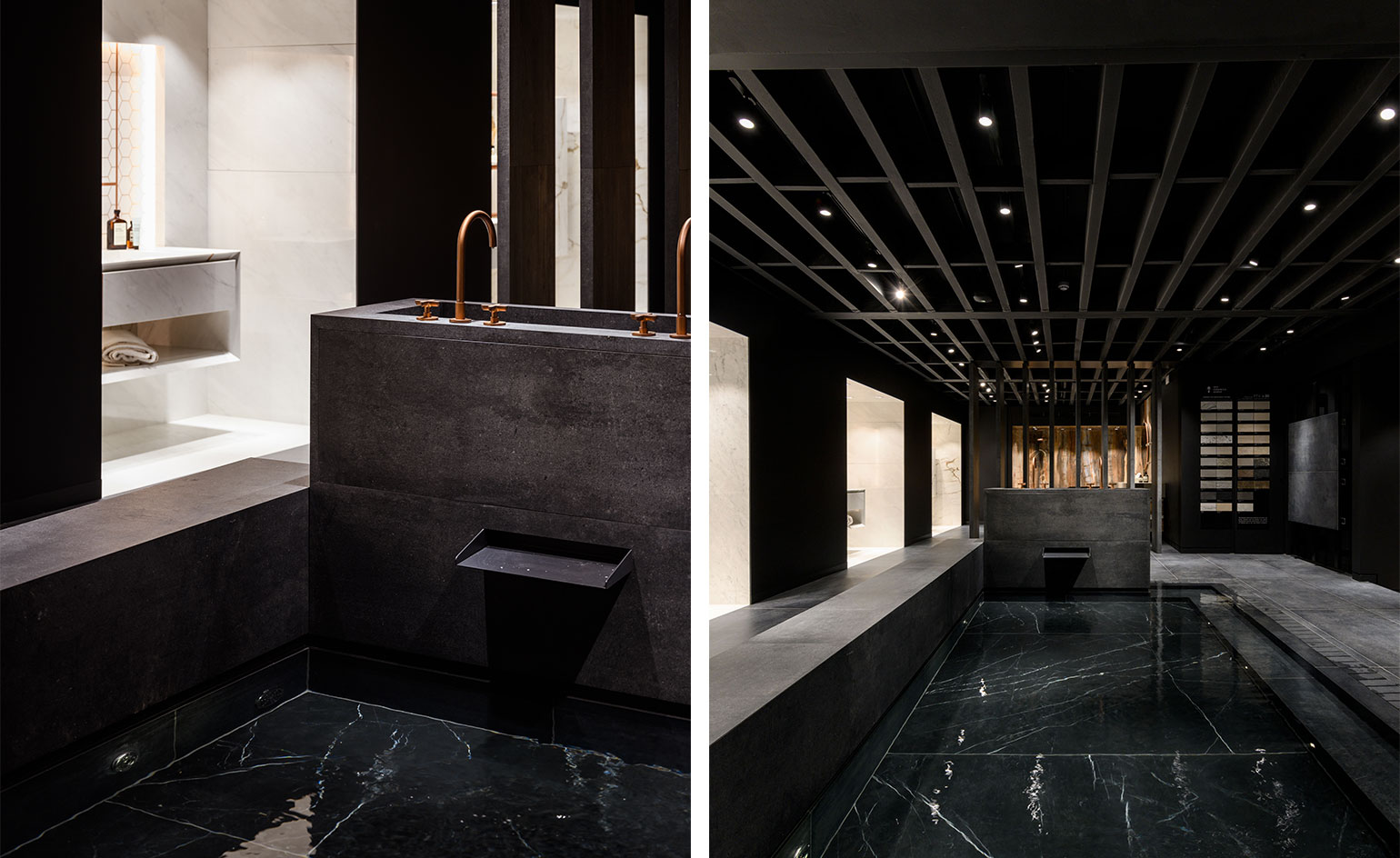 Iris Ceramica Group designs culinary performance for London launch
Iris Ceramica Group designs culinary performance for London launchBy Henrietta Thompson